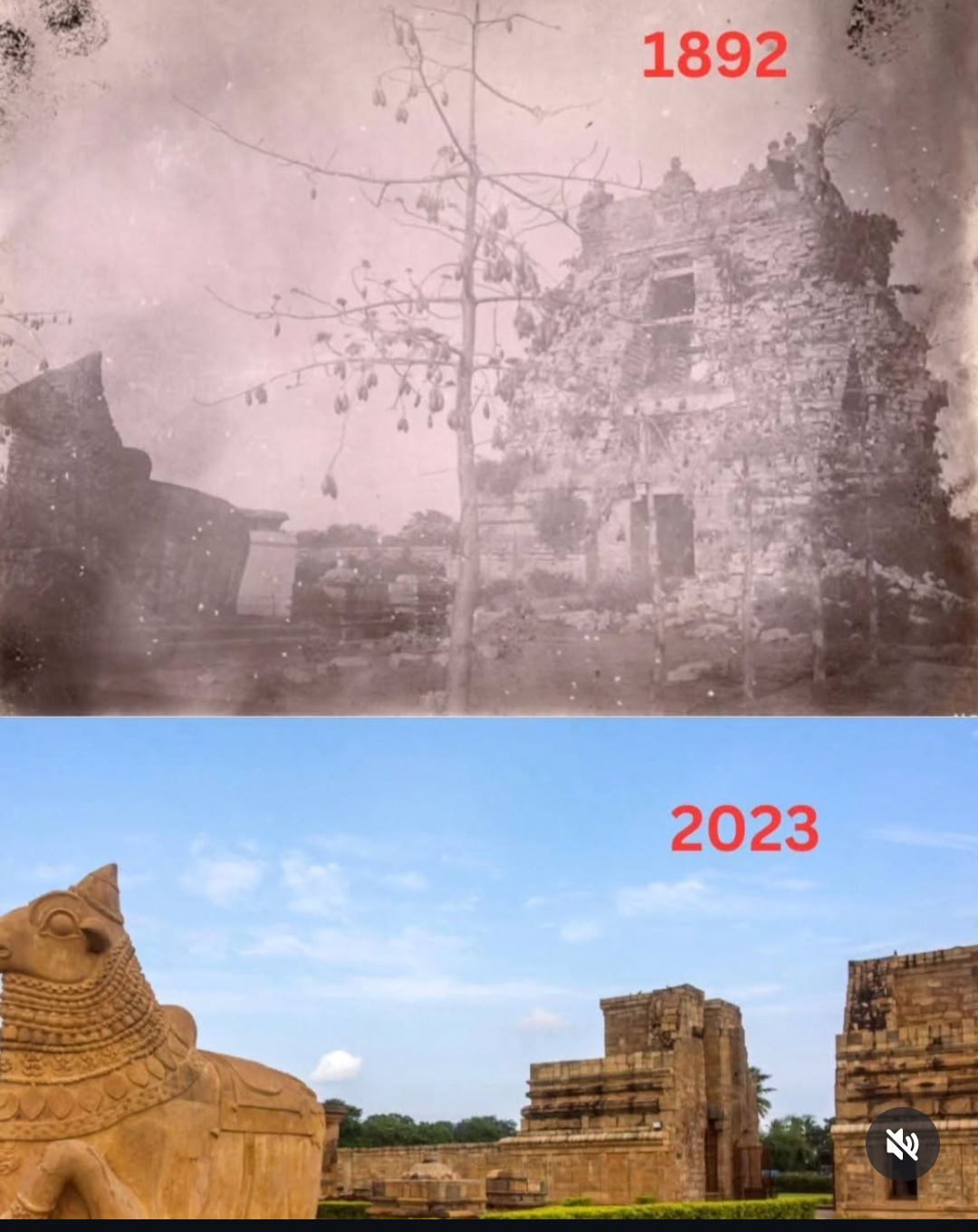Thursday, November 20, 2025
Portuguese Vs Ullal
Rani Abbakka Chowta
Rani Abbakka Chowta was the first Tuluva Queen of Ullal, a strategically important port town in coastal Karnataka, India, who reigned in the latter half of the 16th century (c. 1525 – 1570).
She is celebrated for her fierce and sustained resistance against the Portuguese colonial expansion for over four decades, making her one of the earliest Indians to fight European colonialism.
Key Highlights of her Life and Legacy
- Dynasty and Kingdom: She belonged to the Chowta dynasty, which followed a matrilineal system of succession. Her capital was Puttige, with Ullal serving as a subsidiary capital.
- Battles with the Portuguese: The Portuguese made multiple attempts to capture Ullal due to its strategic location for the spice trade. Rani Abbakka repelled each of their attacks, employing brilliant strategies, including guerrilla warfare and the legendary use of 'Agnivana' (fire-arrows).
- Fearless Warrior: Her unwavering bravery earned her the epithet 'Abhaya Rani' (The fearless queen).
- Inclusivity: Although a Jain by faith, her administration and army were noted for their diversity, including Hindus, Muslims, and the Mogaveera fisher-folk community, who were crucial to her naval defense. She also forged alliances with other rulers, like the Zamorin of Calicut, to keep the Portuguese at bay.
- End: She was eventually betrayed by her estranged husband, captured, and imprisoned by the Portuguese, but she is said to have revolted even in prison and died fighting.
- Legacy: She is widely regarded as one of India's foremost women warriors and patriots, and her story is still alive in the folk songs and Yakshagana theatre of the Tulu Nadu region. She is sometimes referred to as the 'first woman freedom fighter of India'.
Sunday, October 26, 2025
Swami Ranganathananda
Tuesday, October 7, 2025
Indian Railway Battalions in WW1
The Importance of Indian Railway Troops
The war effort in Mesopotamia was utterly dependent on the Indian auxiliaries and Railway units. As one snippet notes, "Without the work of the Indian auxiliaries on the Mesopotamian railways... the Allied forces would never have enjoyed the victory they achieved."
- Location: The main area of this work in 1918 was Mesopotamia, where Indian Railway Construction Battalions (units like the Railway Construction Company RLY. C.C. and Railway Battalion Sappers & Miners) extended the line from Basra north towards Baghdad following the British advance.
- Purpose: The railways were essential to supply the troops, cutting travel times dramatically (e.g., Kut to Baghdad from 2 days to 8 hours).
2. The Broad Gauge Connection
While the main line connecting Basra and Baghdad was ultimately completed as a metre-gauge line (which was the gauge of the existing lines in India), the connection to broad gauge is significant:
- Materials from India: Track, locomotives, and rolling stock were shipped from India—in some cases by pulling up existing lines there and transporting them to the Middle East. India primarily used broad gauge (1,676 \text{ mm} or 5 \text{ ft } 6 \text{ in}) and metre gauge (1,000 \text{ mm}).
Therefore, the Indian soldiers were heavily involved, and the materials they were handling, particularly the sleepers, were often sourced from the broad-gauge system of India. The final track laid in 1918 was most likely metre gauge, but the term "broad gauge" would correctly describe much of the underlying material and the troops' experience, as they were drawn from India's broad-gauge railway system









